Sustainable Packaging Trends: A Greener Future for Brands
As environmental concerns continue to rise, the packaging industry is undergoing a significant transformation toward sustainability. Businesses are increasingly recognizing that sustainable packaging is not just an ethical choice but also a competitive advantage. In this article, we will explore the latest trends in sustainable packaging and how they are shaping the industry’s future.
1. The Rise of Biodegradable Materials
One of the most significant trends in sustainable packaging is the move toward biodegradable materials. These materials break down naturally over time, reducing the impact on landfills and the environment. Common biodegradable materials include:
・ PLA (Polylactic Acid): Derived from corn starch, PLA is used in various applications, from food containers to shopping bags.
・ Mushroom Packaging: Made from agricultural waste and mycelium, this innovative packaging solution is compostable and biodegradable.
・ Seaweed Packaging: Edible and biodegradable, seaweed-based packaging is gaining popularity, especially in the food industry.
Fun Fact:
Compared to conventional plastics that can take centuries, biodegradable packaging can decompose in as little as 90 days under the right conditions.
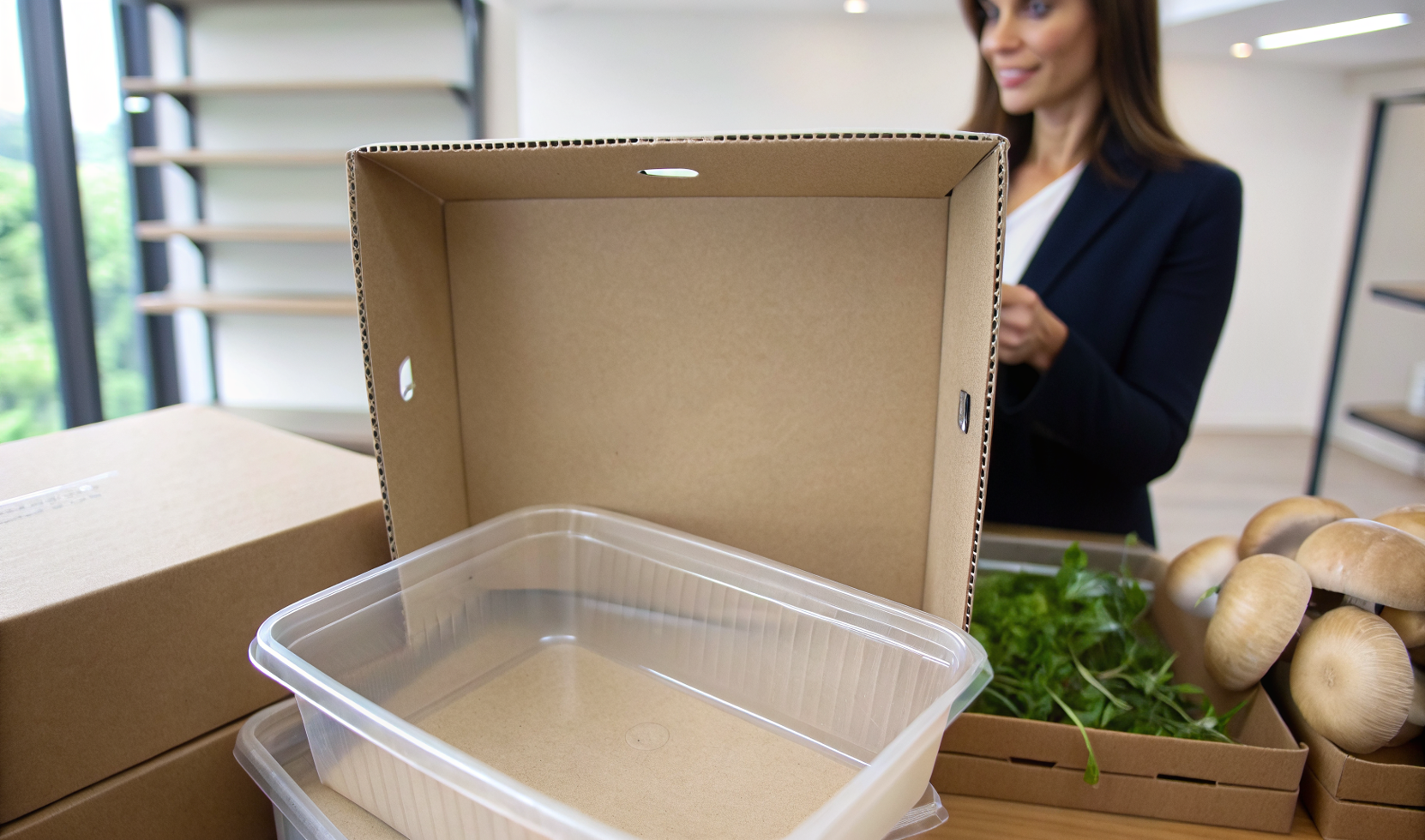
Biodegradable materials like PLA and mushroom packaging are paving the way for eco-friendly solutions.
2. Recyclable and Reusable Packaging
Recyclability is another crucial aspect of sustainable packaging. Brands are designing packaging that can be easily recycled and reused, helping to minimize waste. Key trends include:
・ Mono-Material Packaging: This type of packaging is made from a single material, making it easier to recycle. For example, a bag made entirely of paper or plastic can be processed more efficiently than multi-material packaging.
・ Returnable Packaging: Some companies are adopting returnable packaging systems, where consumers can return packaging for reuse. This model is particularly popular in the beverage industry, where glass bottles are often returned and refilled.
Fun Fact:
The recycling rate for paper and cardboard packaging is around 85%, making it one of the most recycled materials globally.

Recyclable packaging materials contribute to a circular economy, reducing waste and conserving resources.
3. Minimalist Packaging Design
Minimalism in packaging design is gaining traction as brands seek to reduce material usage and waste. This trend emphasizes simplicity, functionality, and sustainability. Key features include:
・ Less Is More: Brands are opting for simpler designs that use fewer materials while still providing adequate protection and branding.
・ Refined Aesthetics: Minimalist packaging often focuses on clean lines, neutral colors, and straightforward typography, appealing to environmentally conscious consumers.
Fun Fact:
Minimalist packaging not only reduces material waste but can also lower production costs, benefiting both the environment and the brand’s bottom line.
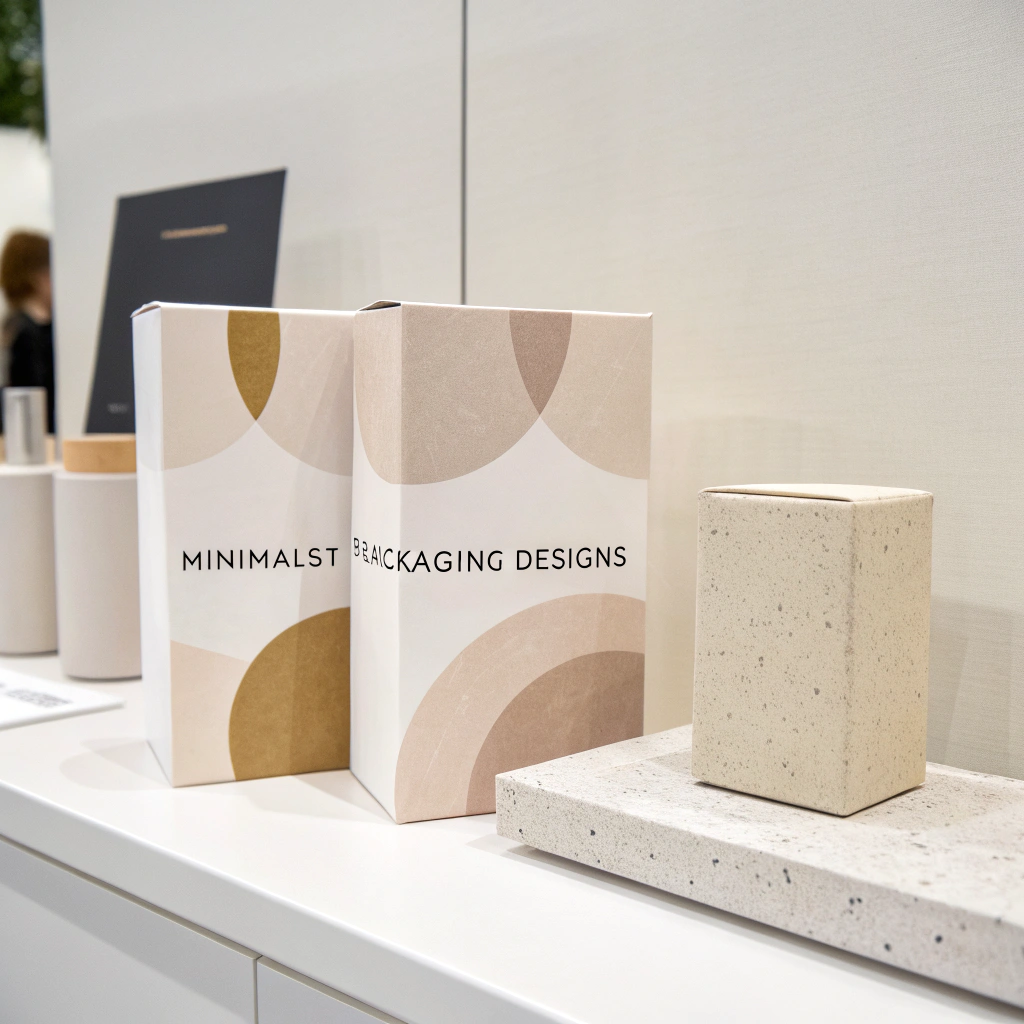
Minimalist packaging emphasizes simplicity and sustainability, appealing to eco-conscious consumers.
4. Smart Packaging Solutions
Smart packaging technology is emerging as a way to enhance sustainability. This includes packaging that incorporates technology to improve functionality and reduce waste. Examples include:
・ Smart Labels: These labels can provide information about the product’s freshness, helping consumers make informed decisions and reducing food waste.
・ QR Codes: Brands are using QR codes on packaging to provide consumers with information about recycling and sustainability efforts, encouraging responsible disposal.
Fun Fact:
Smart packaging can help reduce food waste by up to 50% by providing consumers with real-time information about product freshness.
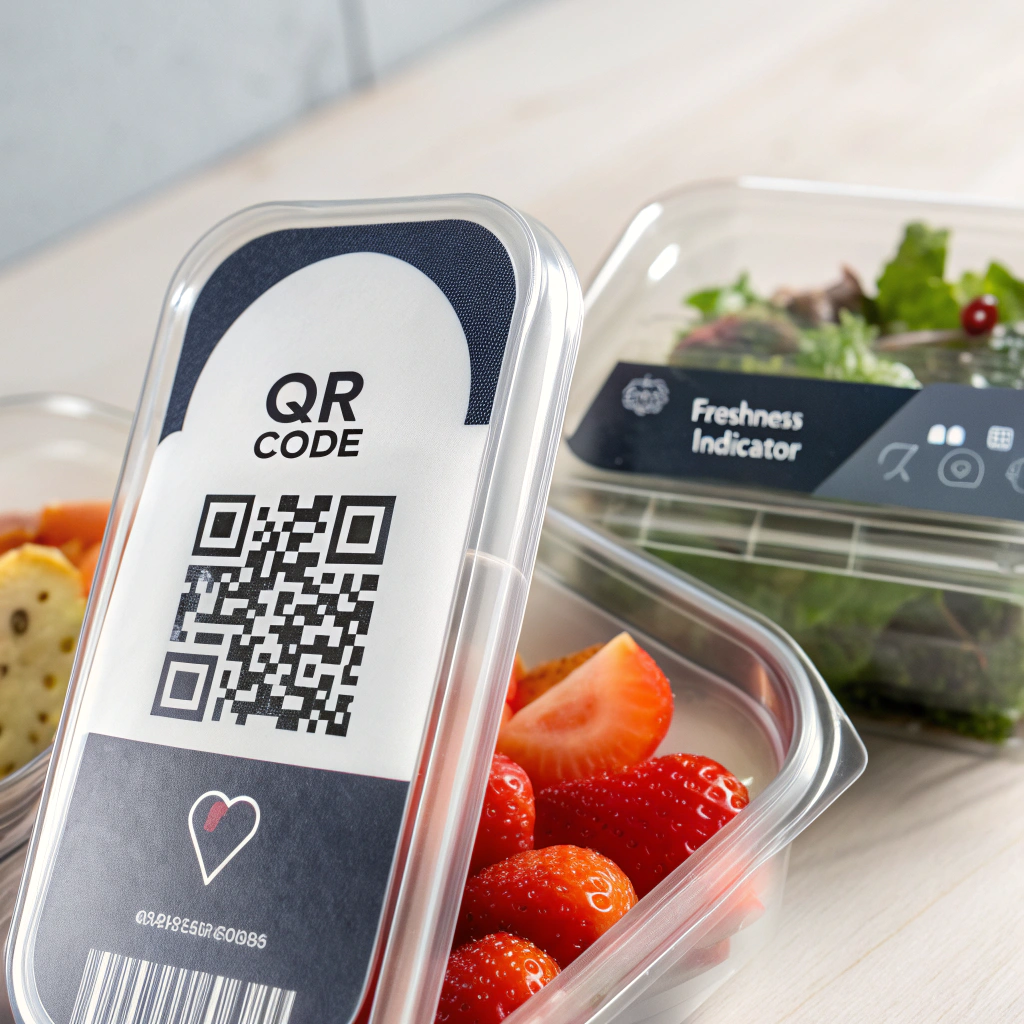
Smart packaging technologies provide consumers with valuable information, promoting sustainability and reducing waste.
5. Sustainable Sourcing and Production
Sustainability in packaging goes beyond the materials used; it also encompasses the sourcing and production processes. Brands are increasingly focusing on:
・ Sustainable Sourcing: Companies are sourcing materials from renewable resources and ensuring that their suppliers adhere to sustainable practices.
・ Energy-Efficient Production: Manufacturers are adopting energy-efficient processes and reducing carbon emissions in their production facilities.
Fun Fact:
Brands that invest in sustainable sourcing and production often see a positive impact on their brand image, leading to increased consumer loyalty.
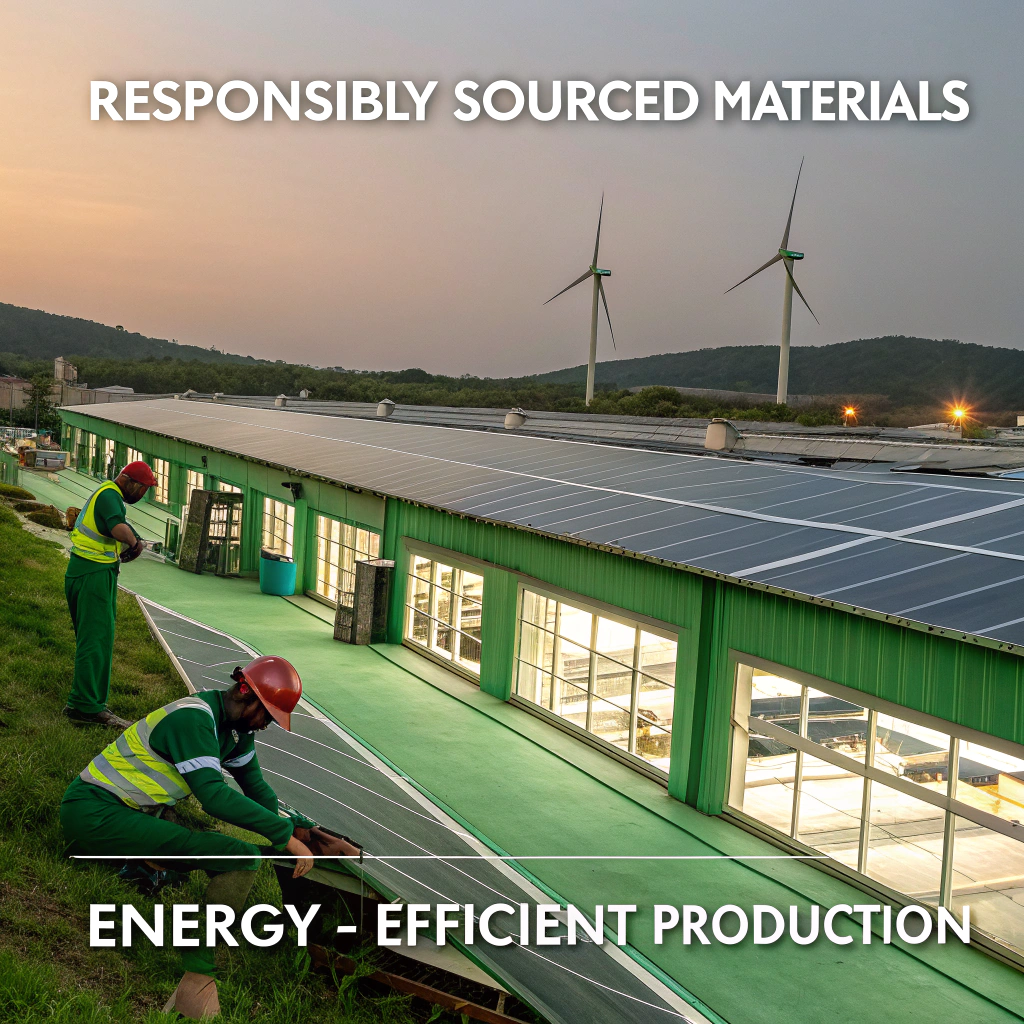
Sustainable sourcing and production practices contribute to a greener packaging industry.
6. The Consumer Demand for Sustainability
Consumer awareness and demand for sustainable packaging are driving brands to adapt their packaging strategies. Studies show that:
・ Environmental Impact: A significant percentage of consumers are willing to pay more for products with environmentally friendly packaging.
・ Brand Loyalty: Brands that prioritize sustainability often enjoy higher levels of consumer loyalty and trust.
Fun Fact:
According to recent surveys, over 70% of consumers consider sustainability when making purchasing decisions.
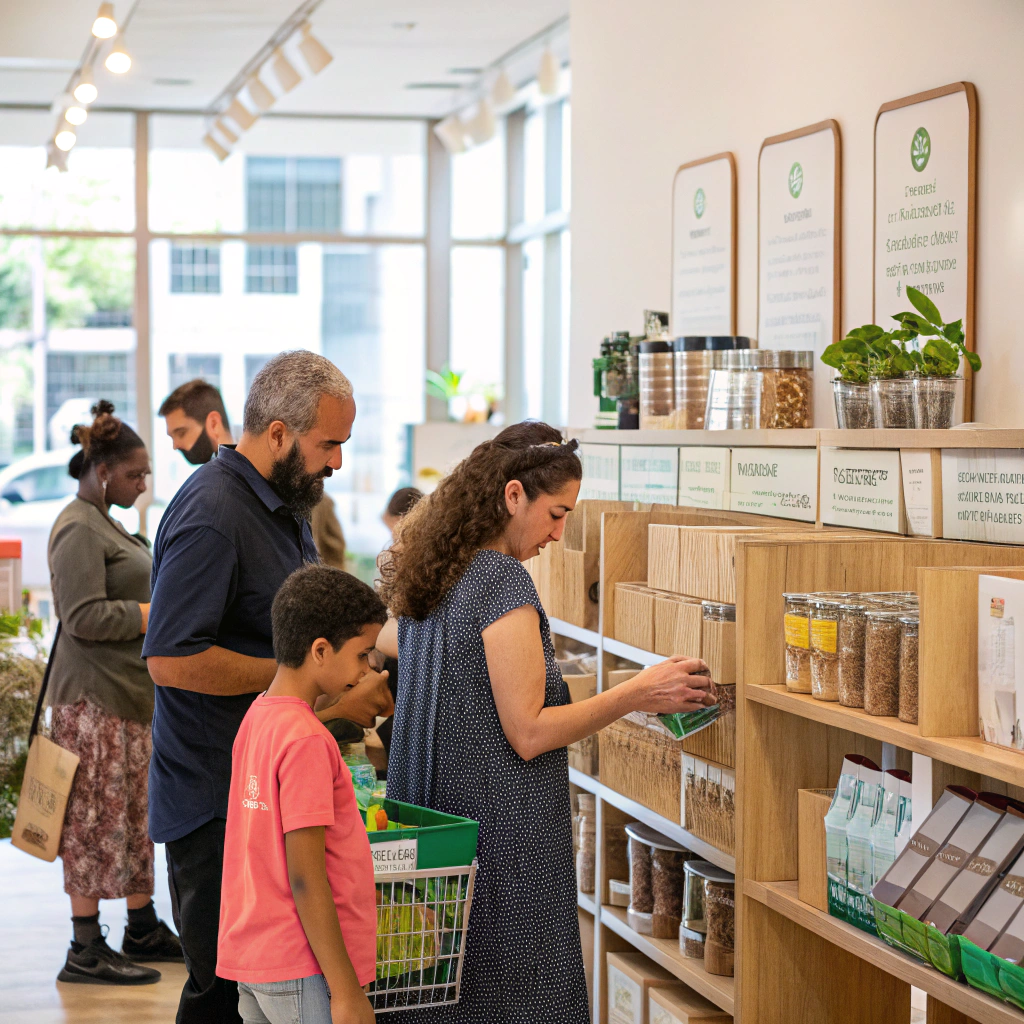
Increasing consumer demand for sustainable packaging is prompting brands to adopt eco-friendly practices.
Conclusion
The shift toward sustainable packaging is not just a trend; it is a necessary evolution in response to growing environmental concerns. By embracing biodegradable materials, recyclable designs, minimalist aesthetics, smart technologies, and sustainable sourcing practices, brands can contribute to a greener future. As consumer demand for sustainability continues to rise, companies that prioritize eco-friendly packaging will not only enhance their brand image but also play a vital role in protecting our planet.
Related posts:
 Folding Cartons: The Perfect Packaging Solution in Bell, California
Folding Cartons: The Perfect Packaging Solution in Bell, California
 Folding Cartons: A Comprehensive Guide to Custom Packaging Solutions in Burbank, California
Folding Cartons: A Comprehensive Guide to Custom Packaging Solutions in Burbank, California
 Folding Cartons: The Ultimate Packaging Solution in Calabasas, California
Folding Cartons: The Ultimate Packaging Solution in Calabasas, California
 Folding Cartons: The Perfect Packaging Solution in Carson, California
Folding Cartons: The Perfect Packaging Solution in Carson, California